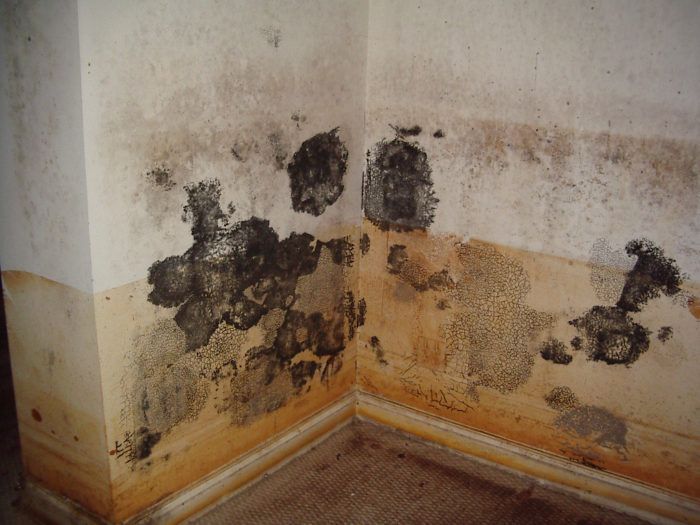
Image Credit: Craig Haas / www.markshomeinspection.com
The word “health” is usually reserved for living things. Our children can be healthy or unhealthy, and so can our pets and the apple trees in the back yard. But what’s a “healthy house”?
Most people use the phrase “healthy house” to describe a house that either promotes the health of the occupants or, at a minimum, doesn’t make the occupants sick. Of course, everybody wants a healthy house: Who wants to live in a house that makes you sick?
Several organizations have sprung up to promote healthy houses, including the Healthy House Institute, a group with this mission statement: “The Healthy House Institute provides consumers information to make their homes healthier.”
While efforts to promote “healthy homes” is laudable, the efforts are stymied by a basic problem: beyond the obvious point that homes shouldn’t be contaminated by poisons like radon, carbon monoxide, lead dust, or friable asbestos, we don’t really know how to modify our indoor environment to make a house more “healthy.”
Tracking down dangerous microbes
Indoor surfaces are crawling with microbes — for example, bacteria and mold. Is it possible that some of these organisms are injuring our health?
For years, many researchers assumed that the answer was yes. According to a paper by Brent Stephens (“What have we learned about the microbiomes of indoor environments?”), indoor environmental specialists have engaged in “decades of indoor microbiology research focusing primarily on human exposure to infectious agents and asthma/allergy triggers that yield adverse health outcomes.”
As part of this effort, the Alfred P. Sloan Foundation has spent $50 million in the last decade on a research project called “Microbiology of the Built Environment.” Teams of biologists supported by the foundation have conducted research that included indoor sampling for microbes and lots of DNA sequencing. What…
Weekly Newsletter
Get building science and energy efficiency advice, plus special offers, in your inbox.

This article is only available to GBA Prime Members
Sign up for a free trial and get instant access to this article as well as GBA’s complete library of premium articles and construction details.
Start Free TrialAlready a member? Log in














One Comment
Friendly Home Bacteria
Martin - Thanks for the article. It should be mentioned that the bacteria in one's home are "friendly" to its occupants. Most of the bacteria is unique, like a fingerprint, of the individual(s) living there. This rapidly changes when new occupants take over a space.There was an article in Science( August 2014,vol.345, issue 6200, pp1048-1052) Title: Longitudinal analysis of microbial interaction between human and the indoor environment. This fact makes the idea of bacteria "everywhere" a much easier idea to accept. Surfaces that are too moist are a different story. We don't carry a lot of mold in our healthy biome.Wiping down counters and bathrooms with antimicrobials in your own home is unscientific and worse than a waste of time.
Log in or become a member to post a comment.
Sign up Log in